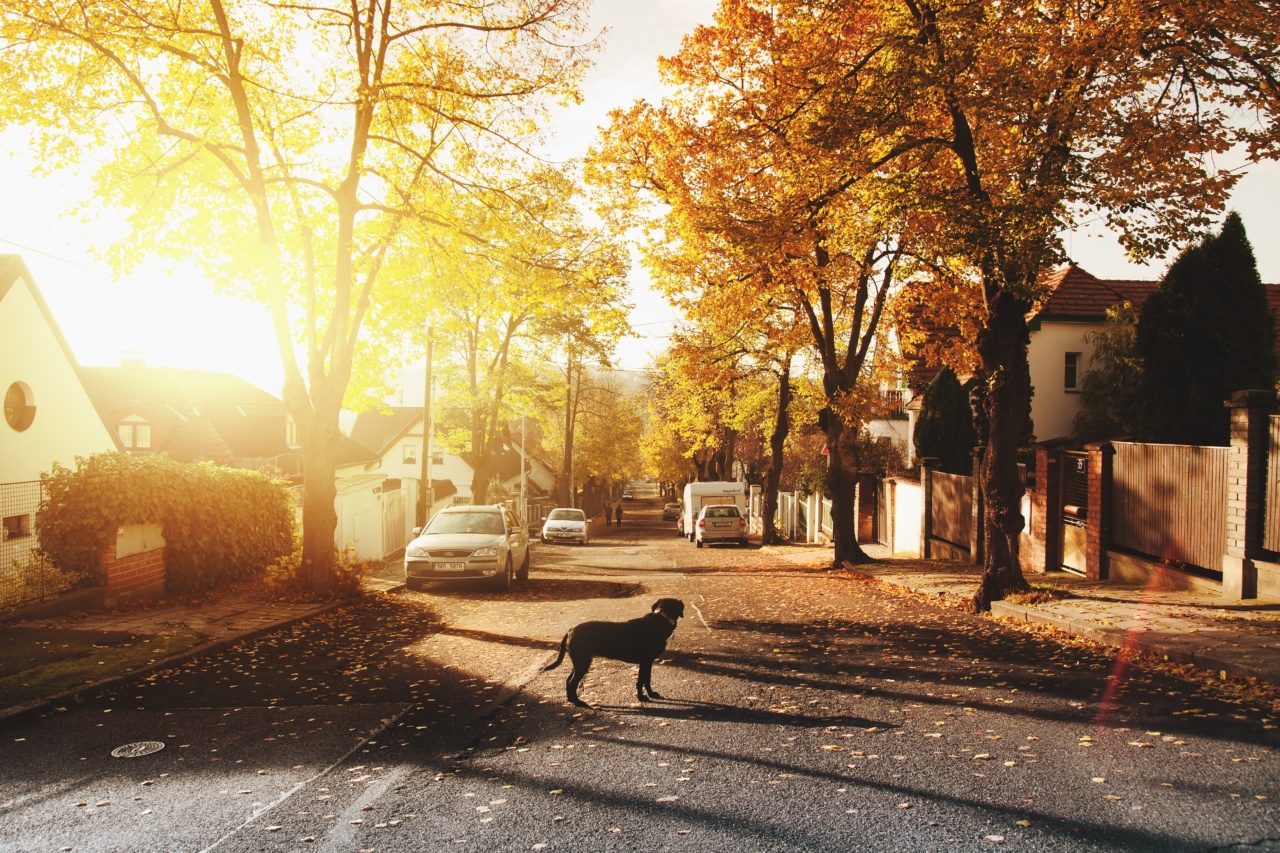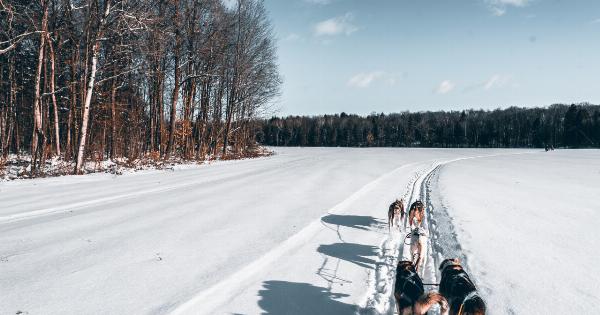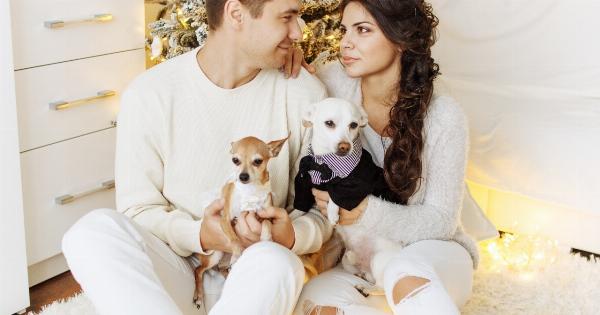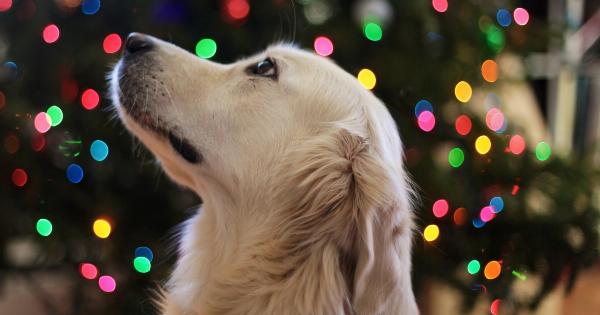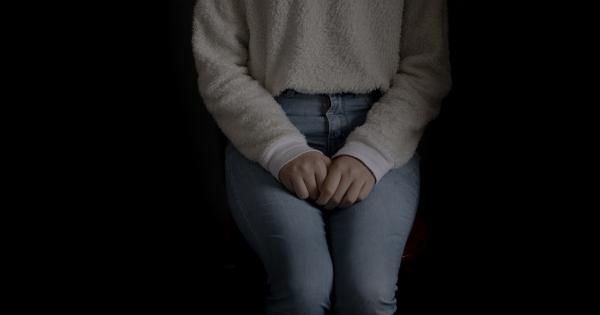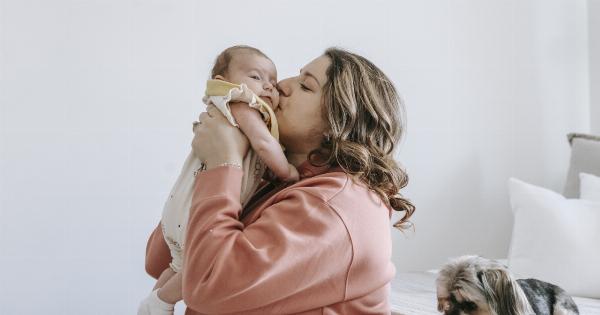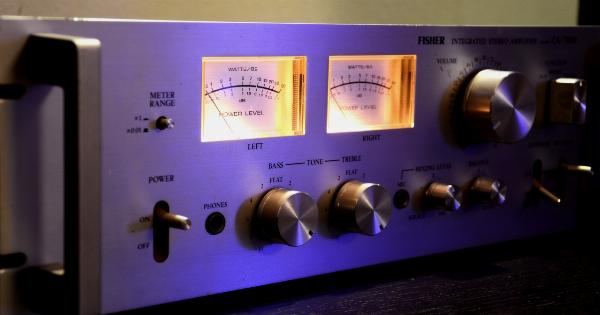Dogs are known to be loyal, loving, and protective animals. They are considered man’s best friend, and they have been living with humans for thousands of years.
However, dogs have certain behavioral tendencies that sometimes make it hard to understand them. One of the common behaviors that dogs exhibit is fear when faced with certain situations. In this article, we will discuss what to do when a dog is scared in the shadow.
What is Shadow and Why Dogs Are Scared of It?
A shadow is a dark area where direct light from a source cannot reach due to an obstruction. Dogs may be scared of shadows because they are unfamiliar, they move in unpredictable ways, and they might resemble predators.
Dogs are also more likely to be scared of shadows if they are suffering from anxiety or if they have had a traumatic experience in the past.
Signs That a Dog is Afraid of Shadows
If you notice any of the following signs in your dog, it may be because your dog is afraid of shadows:.
- Trembling
- Excessive barking
- Whining or yelping
- Pacing
- Trying to hide
- Panting
- Refusal to eat or drink
- Becoming aggressive
What to Do When a Dog is Scared of Shadows?
Here are some things you can do when you notice that your dog is afraid of shadows:.
1. Remain Calm
Dogs are sensitive and can pick up on your emotions. If your dog senses that you are anxious or scared, it can heighten their anxiety. Ensure you stay calm and relaxed around your dog, so they can see that there’s no cause for alarm.
2. Consult a Vet
If your dog’s fear of shadows persists, it might be due to a medical condition. A vet can run tests and perform an evaluation to see if there’s anything wrong with your dog’s health, causing the fear.
3. Train Your Dog
Training is a great way to help your dog overcome his fear of shadows. Consider working with a professional dog trainer who can use positive reinforcement to help your dog become more confident and less fearful.
4. Avoid Shadows
If your dog is afraid of shadows, avoid areas with lots of shadows until your dog becomes more confident or acclimated to them.
If it’s inevitable, try to move your dog from the source of the shadow and distract him with something he loves such as toys, treats or petting.
5. Create a Safe Space
Create a safe space for your dog where he can feel secure and comfortable. This could be a crate, a bed, or any place your dog likes that’s away from the shadow. Adding a piece of your clothing or a toy can help make the dog feel more at home.
6. Desensitization
Desensitization is a gradual process of exposing your dog to the feared stimuli in a non-threatening and controlled environment until he becomes less fearful.
Start small by placing your hand in the shadow or creating small shadows from your hand, and gradually increase the shadow size, until your dog becomes comfortable around them. Reward your dog for calm behavior during this process.
Conclusion
Dogs can experience fear for various reasons, and it’s important to understand their behavior and take steps to help them overcome it.
With patience, consistency and positive reinforcement, you can help your dog become less fearful and more confident around shadows.
